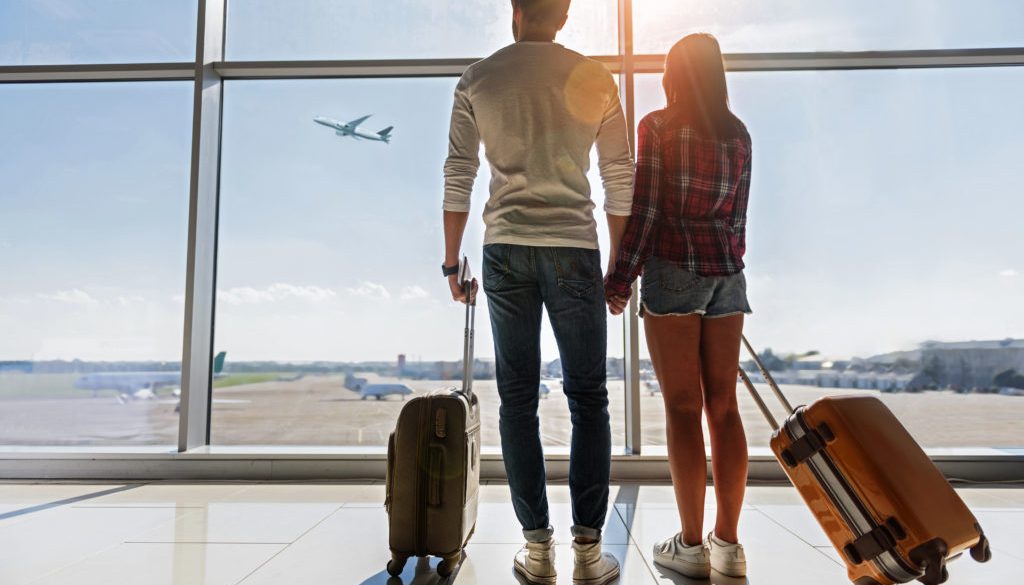The United States is one of the few countries in the world that does not mandate vacation days, even though studies indicate how essential they are for overall good health – mentally and physically. Even if those vacation days become available, they often go unused. Despite the many benefits of taking time off – lower stress; an enriched outlook on life; and improved productivity, to name a few – only about a quarter of all Americans take them. We’ve all heard the excuses: “The office can’t survive without me.” or “I can’t afford it.”
With plenty of advanced planning, and investing a bit of time doing some research, arranging a vacation that’s inexpensive while also still being lots of fun is easier than you think. There is no hard and fast rule about how far ahead of time flights need to be booked, but generally, the latest thinking suggests two to three weeks for domestic flights and five to six months for international. The time of year that you wish to travel also makes a substantial impact on how much you’ll end up paying. For the lowest fares, the most current recommendation proposes booking your trip for January, February or August with a departure date of Tuesday or Wednesday. (Leaving on a Sunday will prove the costliest.) Even the hour of the day you choose to fly can influence the price you pay, so consider an early morning six a.m. flight over an early afternoon flight and you’ll notice a difference.
One thing that a lot of travelers don’t even take into consideration is how expensive an airport is. The exorbitant landing fees that airports charge airlines these days are inevitably passed down to the consumer, so choosing your airport wisely will also save you money in the long run. Most major cities with an international airport will have a handful of smaller, less busy airports nearby that will serve you just as well for a fraction of the cost. Booking a flight that makes a stop along the route; arranging two one-way flights instead of a round-trip; or even landing at one airport and taking off from another close by are also factors to contemplate that will ensure you’re not paying top dollar. Flying on any one of a number of charter or budget airlines out there may save you quite a bit over major air carriers too. If you’re flexible about where you go and when, there are also plenty of last-minute deals available, so if you want to go somewhere warm and sunny but are not particular about the destination or you’re not fussy about leaving on a Thursday as opposed to a Tuesday, then by all means, be sure to peruse all of those options as well.
Today, the airline industry earns in excess of four billion dollars annually from baggage fees alone. The fees for checked luggage seem to increase annually and arbitrarily, and range wildly from free (sadly, Southwest Airlines is now the sole carrier that dispenses with this fee altogether) to almost $200. The average hovers around $30 and increases roughly in ten dollar increments for any additional bags, and be prepared to pay extra if your case exceeds the standard 50-pound weight limit. It makes good sense, therefore, to shop for the lightest suitcase possible from the get-go or consider packing a little lighter with a smaller case that you can use as a carry-on, avoiding the checked bag charge entirely. If you’re travelling with young children, let them pick out an age-appropriate carry-on too. Not only will it be fun for them to pack and transport around the airport with them, but it leaves more room for you in your case and makes for one less bag to check.
Because the cost of air travel and its countless incidentals can fluctuate drastically, ultimately, your best bet is to check out the airline’s website for the most accurate and up-to-date information.




